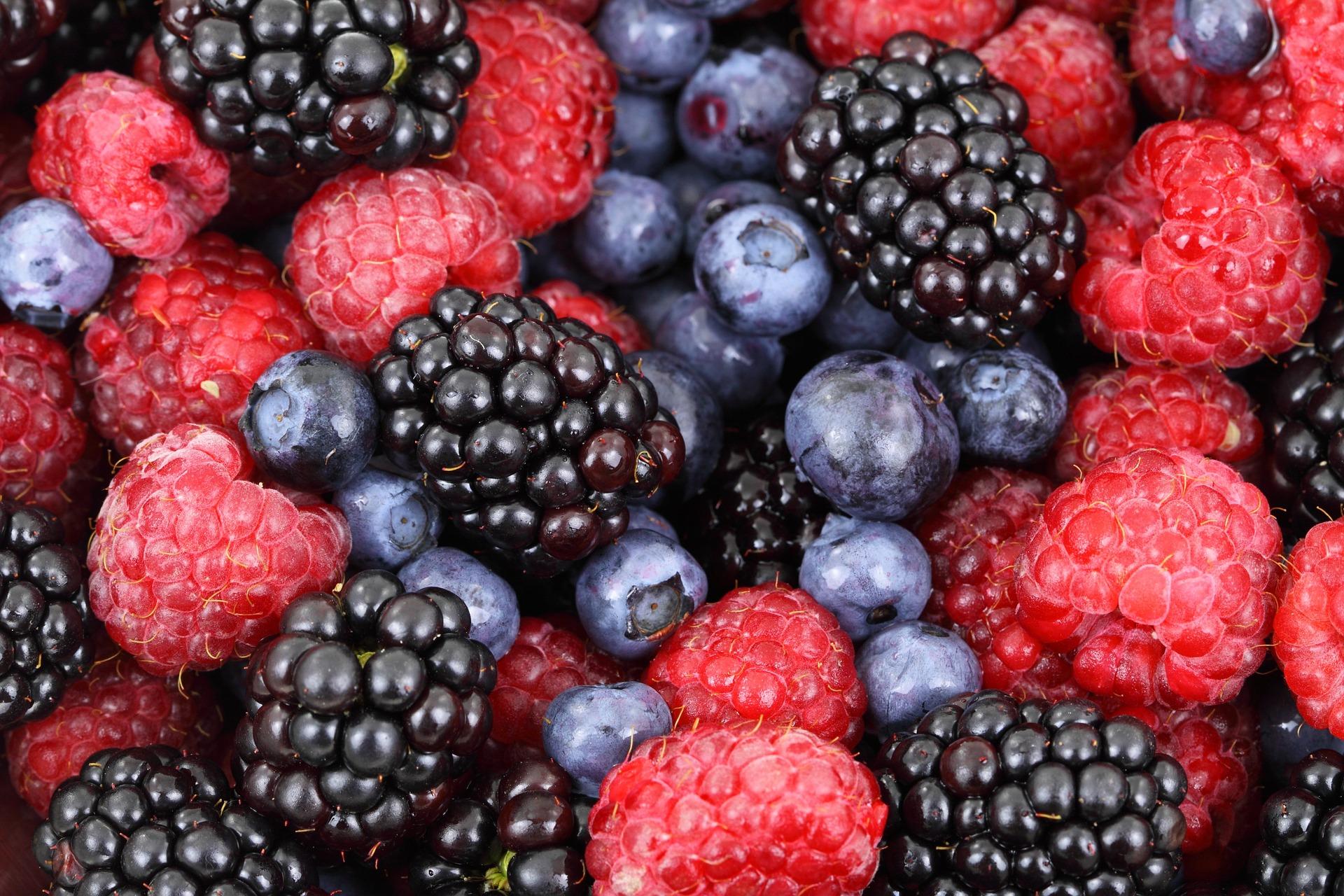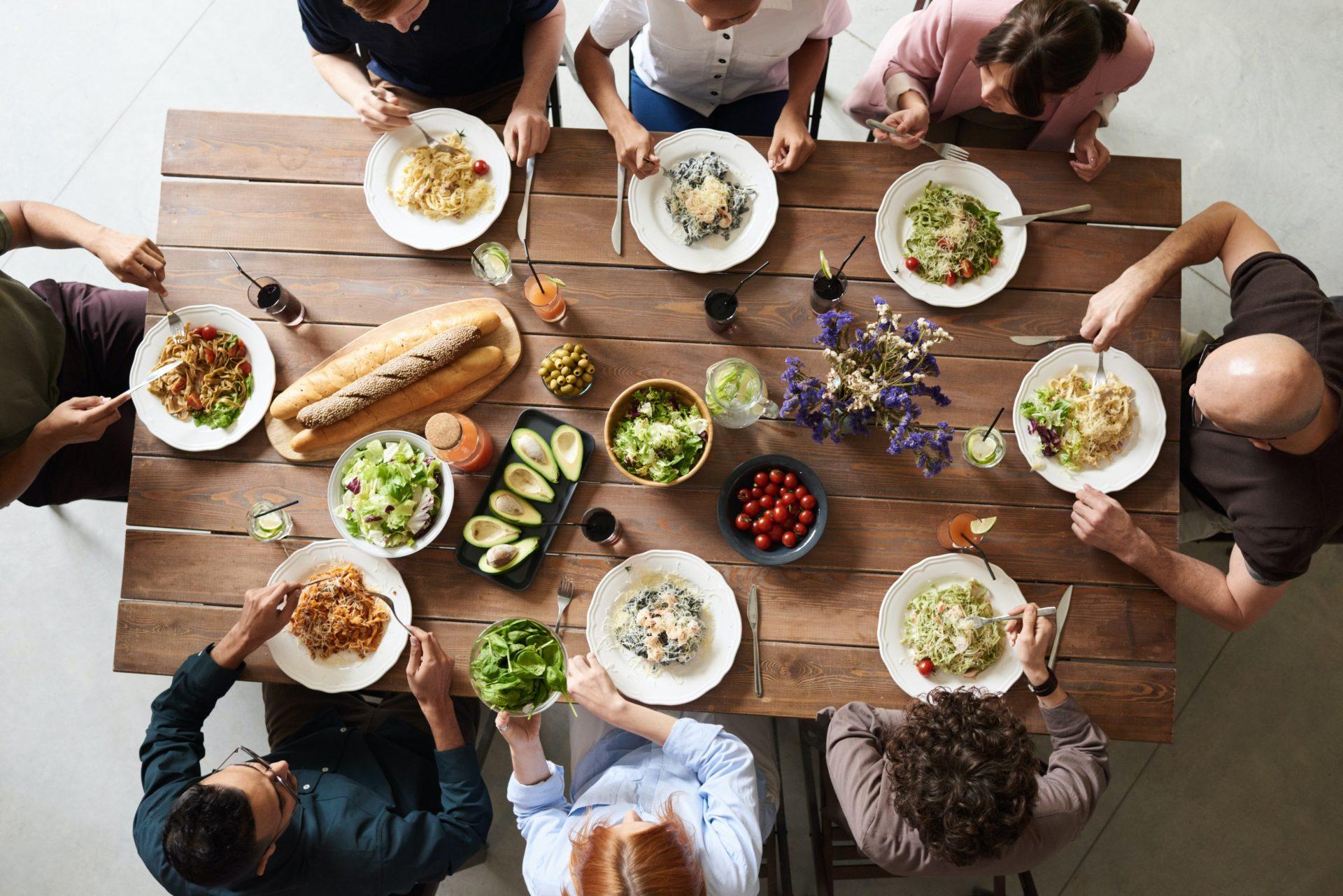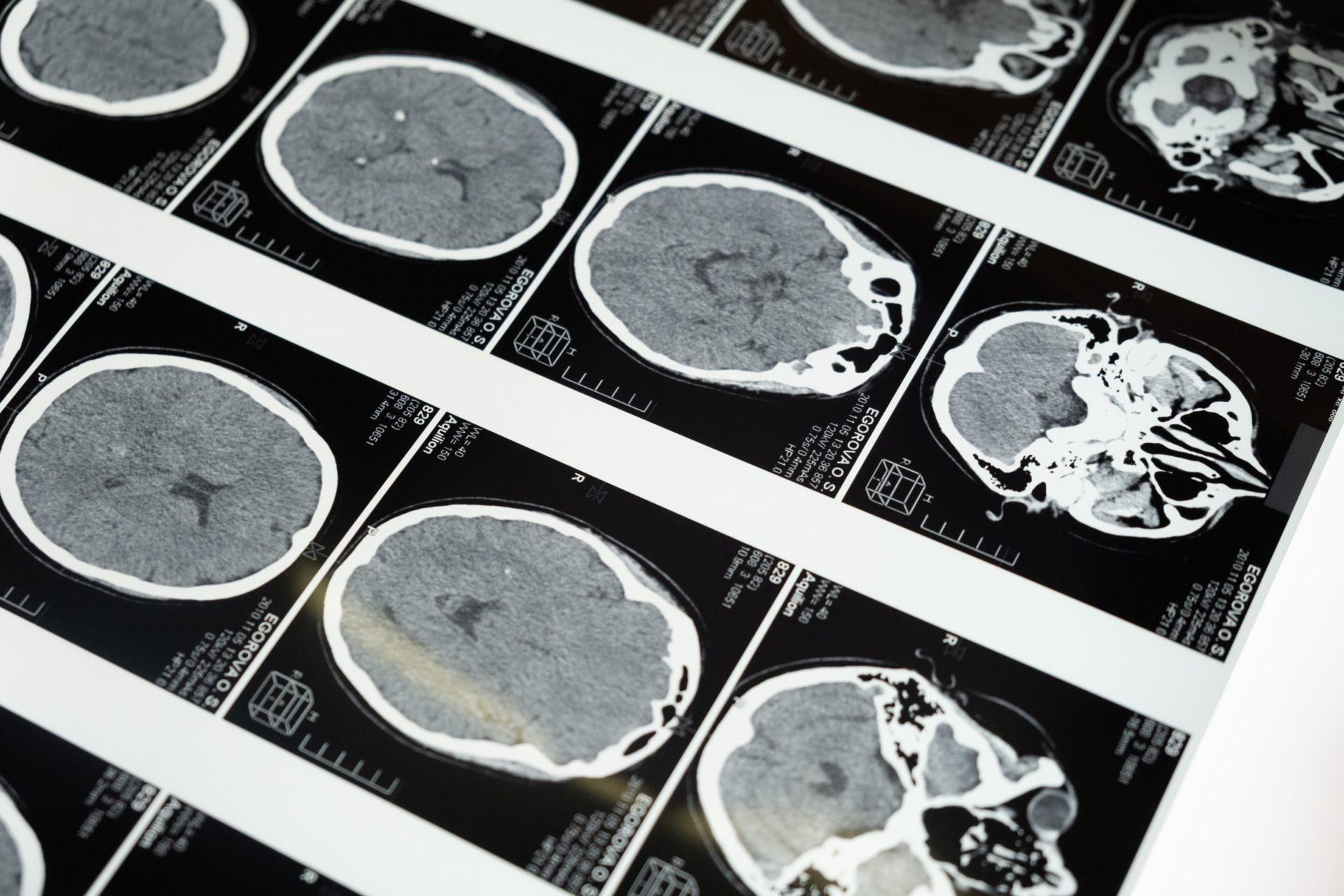Exploring the Power of Nutrition in Healthy Aging
In this guide, we delve into the longevity diet, a powerful tool for promoting a longer, healthier life. As we age, prioritizing our health becomes crucial, and the longevity diet plays a pivotal role in this journey. This diet isn’t about restrictions or fads; it’s about nourishing our bodies with nutrient-dense foods that support healthy aging and allow us to age gracefully. Imagine having the energy to pursue your passions, engage in meaningful activities, and live life to the fullest. It all begins with the foods we choose to consume.
Imagine having the energy and vitality to pursue your passions, engage in meaningful activities, and enjoy life to the fullest. It all starts with the food we put on our plates. The longevity diet focuses on incorporating nutrient-dense foods that provide a wide range of essential vitamins, minerals, antioxidants, and other beneficial compounds. By fueling our bodies with the right ingredients, we can support our immune system, protect against chronic diseases, maintain cognitive function, and maintain overall vitality.
But what exactly does the longevity diet entail? Is it about counting calories, eliminating entire food groups, or following a strict regimen? Not quite. The beauty of the longevity diet lies in its flexibility and adaptability to individual preferences and needs. It is a personalized approach that takes into account various factors, such as age, gender, activity level, and health conditions. What works for one person may not work for another, and that’s where the art of customization comes in.
The Science Behind Longevity: Understanding How Food Impacts Aging
The Link Between Nutrition and Longevity
When it comes to healthy aging, the saying “You are what you eat” holds true. The food we consume directly influences our overall health, well-being, and even how we age. Researchers have discovered fascinating connections between nutrition and longevity, shedding light on the importance of a well-balanced diet in promoting a longer, healthier life.
One key aspect of the longevity diet is its emphasis on consuming nutrient-dense foods. These are foods that provide a high concentration of vitamins, minerals, and antioxidants relative to their caloric content. Nutrient-dense foods offer a plethora of health benefits, including reducing the risk of chronic diseases, supporting cognitive function, and maintaining optimal physical performance.

To illustrate the power of nutrient-dense foods, let’s consider some examples. Leafy green vegetables, such as spinach, kale, and Swiss chard, are packed with essential nutrients like vitamins A, C, and K, as well as folate and fiber. These vegetables are also rich in antioxidants that help combat oxidative stress and inflammation, two processes closely associated with aging and age-related diseases.
Another group of superfoods known for their longevity-promoting properties is berries. Blueberries, strawberries, raspberries, and blackberries are not only delicious but also loaded with antioxidants, such as anthocyanins and flavonols. These compounds have been linked to improved brain health, reduced risk of heart disease, and enhanced immune function.
The longevity diet also encourages the consumption of healthy fats, particularly those found in fatty fish like salmon, mackerel, and sardines. These fish are excellent sources of omega-3 fatty acids, which are known for their anti-inflammatory effects and their potential to reduce the risk of age-related conditions like cardiovascular disease and cognitive decline.
On the other hand, the longevity diet advises limiting or avoiding certain foods that are associated with negative health effects. Processed foods high in refined sugars, unhealthy fats, and artificial additives can contribute to inflammation, weight gain, and an increased risk of chronic diseases. Similarly, excessive intake of sugary beverages, such as sodas and fruit juices, has been linked to obesity and metabolic disorders.
Understanding the science behind the link between nutrition and longevity empowers us to make informed dietary choices. By selecting whole, unprocessed foods that are rich in essential nutrients, we can optimize our health, enhance our body’s natural defenses, and promote a higher quality of life as we age.
Nourishing Your Body for Longevity
Now that we understand the importance of nutrition in promoting longevity, let’s delve into the specific components that make up the longevity diet. These components serve as a blueprint for crafting a well-rounded eating plan that supports healthy aging and overall well-being.
1. Plant-Based Foods: The Foundation of the Longevity Diet
Plant-based foods form the cornerstone of the longevity diet. Fruits, vegetables, whole grains, legumes, nuts, and seeds provide a wide array of essential nutrients, fiber, and beneficial compounds. They are rich in vitamins, minerals, antioxidants, and phytochemicals, all of which contribute to maintaining optimal health.
Aim to fill your plate with a colorful variety of fruits and vegetables. Choose vibrant berries, leafy greens, cruciferous vegetables like broccoli and cauliflower, and a rainbow of other produce. These plant-based foods offer a multitude of health benefits, such as reducing the risk of chronic diseases, supporting digestive health, and promoting a strong immune system.
Additionally, whole grains like quinoa, brown rice, and oats are excellent sources of complex carbohydrates and fiber. They provide sustained energy, aid in digestion, and contribute to feelings of satiety. Legumes, such as beans, lentils, and chickpeas, are rich in plant-based protein, fiber, and micronutrients. Incorporating these foods into your meals adds variety and supports overall health.
2. Healthy Fats: Essential for Longevity
Contrary to popular belief, not all fats are harmful to our health. In fact, healthy fats play a crucial role in the longevity diet. Sources of healthy fats include avocados, olive oil, nuts, seeds, and fatty fish.
Avocados are an excellent source of monounsaturated fats, which have been associated with heart health and improved cognitive function. Olive oil, particularly extra virgin olive oil, is a staple in the Mediterranean diet, a dietary pattern known for its longevity benefits. It is rich in antioxidants and has anti-inflammatory properties.
Nuts and seeds, such as almonds, walnuts, chia seeds, and flaxseeds, provide a combination of healthy fats, fiber, and essential nutrients. They can be enjoyed as a snack, added to smoothies or salads, or used as toppings for various dishes.
Fatty fish, including salmon, trout, and sardines, are excellent sources of omega-3 fatty acids. These fats have been shown to reduce inflammation, support heart health, and contribute to brain function. Aim to include fatty fish in your diet at least twice a week to reap their benefits.
3. Mindful Eating: Nurturing a Healthy Relationship with Food
In addition to focusing on specific food choices, the longevity diet emphasizes the importance of mindful eating. Mindful eating involves paying attention to your body’s hunger and fullness cues, savoring each bite, and cultivating a positive relationship with food.
By practicing mindful eating, you become more attuned to your body’s needs and can make choices that support optimal health. This includes eating when you are hungry, choosing foods that nourish and energize you, and stopping when you are comfortably full.
Avoiding distractions during meals, such as electronic devices or eating on the go, allows you to fully experience the flavors and textures of your food. Take the time to chew slowly and appreciate each bite. Engaging your senses and being present during meals can enhance the satisfaction and enjoyment you derive from your food.
Incorporating mindful eating into your daily routine not only supports the longevity diet but also promotes a positive mindset and a healthier relationship with food. It encourages you to listen to your body’s cues, make conscious choices, and truly savor the experience of nourishing yourself.
Longevity Diet Superfoods: Unlocking the Key Players
In our exploration of the longevity diet, it is essential to highlight the key superfoods that offer exceptional health benefits and contribute to healthy aging. These superfoods are packed with nutrients, antioxidants, and bioactive compounds that support longevity and overall well-being. Let’s dive into some of these remarkable foods and discover their unique properties.
1. Turmeric: The Golden Spice of Life
Turmeric, a vibrant yellow spice commonly used in Indian and Southeast Asian cuisines, is renowned for its potent health benefits. Curcumin, the active compound in turmeric, is a powerful antioxidant and anti-inflammatory agent. It has been linked to reduced inflammation, improved brain function, and enhanced heart health.
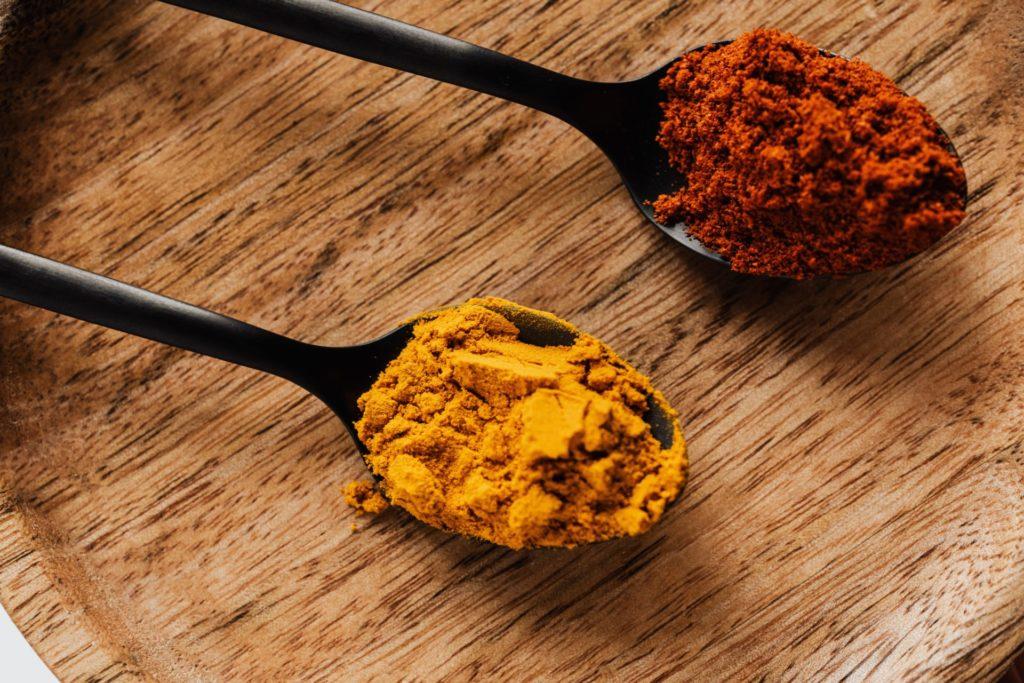
Adding turmeric to your meals is a simple way to introduce its benefits into your diet. You can sprinkle it on roasted vegetables, incorporate it into curry dishes, or even enjoy a comforting cup of turmeric tea. To enhance curcumin absorption, combine turmeric with black pepper, as it contains piperine, a compound that enhances curcumin’s bioavailability.
2. Green Tea: Sip Your Way to Longevity
Green tea has been consumed for centuries and is renowned for its health-promoting properties. It is rich in antioxidants called catechins, which have been associated with a reduced risk of chronic diseases, including heart disease and certain types of cancer.
Incorporating green tea into your daily routine can be as simple as brewing a warm cup of tea or enjoying it over ice as a refreshing beverage. If you prefer a milder flavor, opt for sencha or matcha green tea. Experiment with different brewing methods and find the one that suits your taste preferences.
3. Berries: Nature’s Antioxidant Powerhouses
Berries, such as blueberries, strawberries, raspberries, and blackberries, are not only delicious but also nutritional powerhouses. They are packed with vitamins, minerals, fiber, and antioxidants. Berries have been associated with improved brain health, reduced inflammation, and enhanced cardiovascular function.
To incorporate berries into your longevity diet, enjoy them fresh as a snack, add them to smoothies or yogurt, or use them as a topping for cereals and salads. Frozen berries are also a convenient option and retain their nutritional value.
4. Cruciferous Vegetables: A Crucial Component
Cruciferous vegetables, including broccoli, cauliflower, Brussels sprouts, and cabbage, are known for their high nutrient content and health benefits. They are rich in fiber, vitamins, minerals, and phytochemicals that support various aspects of health, such as digestion, detoxification, and immune function.
To make the most of cruciferous vegetables, try incorporating them into stir-fries, roasting them as a side dish, or adding them to soups and salads. Experiment with different cooking methods to find the ones you enjoy the most.
5. Nuts and Seeds: Tiny Powerhouses of Nutrition
Nuts and seeds are nutritional powerhouses that provide a wealth of healthy fats, protein, fiber, vitamins, minerals, and antioxidants. Almonds, walnuts, chia seeds, flaxseeds, and pumpkin seeds are just a few examples of these nutrient-dense foods.
Snack on a handful of nuts or seeds, sprinkle them over salads or oatmeal, or use them as a base for homemade energy bars or nut butter. These versatile ingredients add texture, flavor, and a nutritional boost to various dishes.
Incorporating these longevity diet superfoods into your meals and snacks can provide a significant health advantage. Their unique properties contribute to reducing inflammation, supporting cognitive function, boosting immunity, and protecting against age-related diseases.
Putting the Longevity Diet into Action
Now that we have explored the key components and superfoods of the longevity diet, it’s time to put this valuable knowledge into practice. Incorporating the longevity diet into your everyday life doesn’t have to be complicated or overwhelming. With a few practical tips, you can seamlessly adopt this eating plan and reap its benefits.
1. Meal Planning: Set Yourself Up for Success
Meal planning is a fundamental aspect of the longevity diet. By taking the time to plan your meals in advance, you ensure that you have nutritious options readily available and avoid making impulsive, less healthy choices.
Start by creating a weekly meal plan that includes a variety of plant-based foods, healthy fats, and lean proteins. Consider your schedule, food preferences, and nutritional needs while selecting recipes and ingredients. Make a shopping list based on your meal plan to streamline your grocery shopping and minimize food waste.
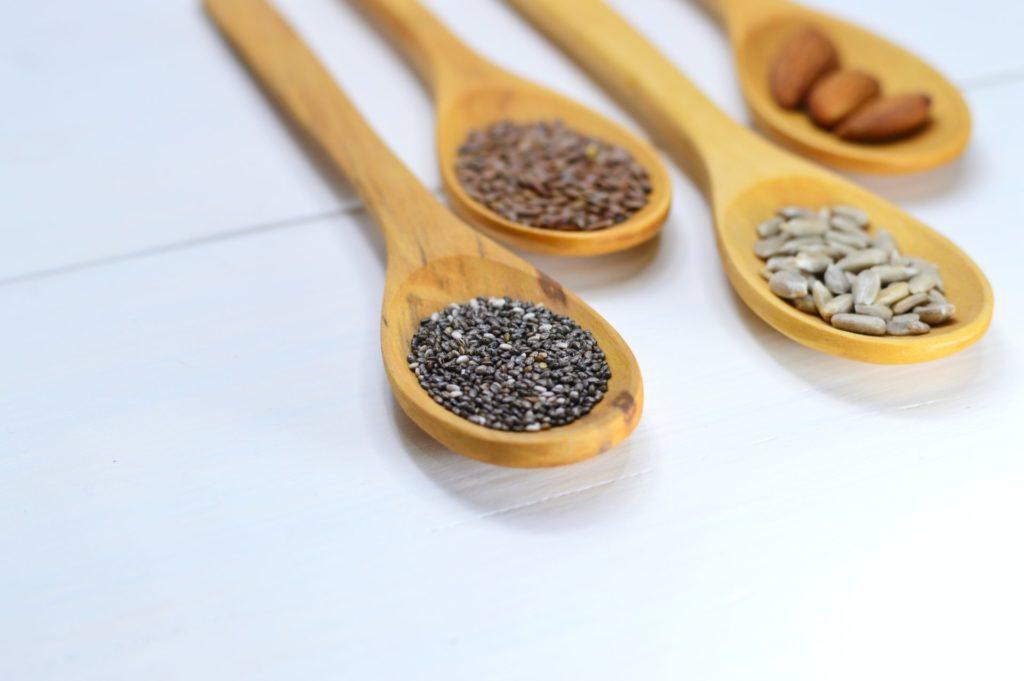
2. Mindful Eating: Nourish Your Body with Awareness
Incorporating mindful eating practices into your daily routine can significantly enhance your experience with the longevity diet. Here are a few tips to cultivate mindfulness during meals:
– Eat without distractions: Minimize external stimuli such as television, phones, or computers. Focus on the sensory experience of eating and savor each bite.
– Chew slowly: Take the time to thoroughly chew your food. Not only does this aid in digestion, but it also allows you to appreciate the flavors and textures of your meals.
– Listen to your body: Pay attention to your hunger and fullness cues. Eat when you’re hungry and stop when you’re satisfied, rather than overeating or restricting yourself.
3. Experiment with Recipes: Discover New Flavors and Combinations
The longevity diet is an opportunity to explore new recipes and expand your culinary repertoire. Seek out recipes that feature the superfoods and components of the longevity diet. Experiment with herbs, spices, and seasonings to add depth and flavor to your meals.
Consider trying different cuisines that naturally align with the principles of the longevity diet. Mediterranean, Japanese, and plant-based diets, for example, often feature nutrient-dense foods and promote overall well-being.
4. Stay Hydrated: Quench Your Thirst for Vitality
Hydration is a vital aspect of the longevity diet. Drinking an adequate amount of water throughout the day supports digestion, nutrient absorption, and overall cellular function. Additionally, staying hydrated promotes healthy skin, boosts energy levels, and aids in detoxification.
Make it a habit to carry a water bottle with you and sip water regularly. Herbal teas and infused water can add variety and flavor to your hydration routine.
5. Seek Expert Advice: Consult with Professionals
While the longevity diet offers general guidelines, personalized advice from healthcare professionals, such as registered dietitians or nutritionists, can be invaluable. They can assess your unique needs, provide tailored recommendations, and address any specific concerns or health conditions.
Remember that adopting the longevity diet is a journey, and it’s important to be patient and kind to yourself. Gradual changes and sustainable habits lead to long-term success.
By incorporating meal planning, practicing mindful eating, experimenting with recipes, staying hydrated, and seeking expert advice, you can successfully implement the principles of the longevity diet into your daily life.
Longevity Diet on the Go: Making Healthy Choices Anywhere
Living a busy life doesn’t mean compromising your commitment to the longevity diet. With a few strategies and mindful choices, you can maintain your healthy eating habits in various settings, whether you’re at work, traveling, or dining out.
1. Healthy Eating at Work
Navigating the office environment can present challenges when it comes to making nutritious choices. However, with a little planning, you can fuel your body with nourishing foods even during a busy workday.
– Pack your lunch: Bringing a homemade lunch allows you to have control over the ingredients and portion sizes. Prepare balanced meals with a combination of lean proteins, whole grains, and plenty of vegetables.

– Snack smart: Keep a stash of healthy snacks at your desk, such as nuts, seeds, dried fruit, or Greek yogurt. These options provide a quick and convenient way to satisfy hunger between meals without resorting to less nutritious options.
– Opt for mindful breaks: Instead of eating lunch at your desk, take a break and find a quiet spot to enjoy your meal mindfully. Step outside for some fresh air and engage in a brief walk to promote physical activity and mental well-being.
2. Healthy Eating while Traveling
Maintaining a longevity diet while traveling requires a bit of planning and flexibility. Here are some tips to help you stay on track:
– Pack nutritious snacks: Before your trip, pack a variety of healthy snacks such as homemade trail mix, energy bars, or cut-up fruits and vegetables. These options will keep you satiated and help you avoid unhealthy choices during long journeys or when healthy food options are limited.
– Research local cuisine: Explore the local cuisine of your travel destination and look for dishes that align with the principles of the longevity diet. Opt for meals that include an abundance of vegetables, lean proteins, and whole grains. Embrace the opportunity to try new flavors and culinary traditions.
– Stay hydrated: Traveling can easily lead to dehydration. Carry a refillable water bottle with you and drink water regularly. If tap water is not safe to drink, opt for bottled water or consider using a portable water purifier.
3. Dining Out the Longevity Way
Eating out doesn’t have to mean abandoning your healthy eating habits. With a mindful approach, you can make nutritious choices even when dining at restaurants:
– Plan ahead: Before heading to a restaurant, take a look at the menu online if available. Look for dishes that incorporate nutrient-dense ingredients like lean proteins, whole grains, and vegetables. This way, you’ll be prepared to make a healthier choice when ordering.
– Opt for customization: Many restaurants offer the option to customize your meal. Request substitutions or modifications to make the dish align with the longevity diet. For example, ask for extra vegetables instead of French fries or opt for grilled or steamed options instead of fried.
– Practice portion control: Restaurant portions tend to be larger than what we truly need. Consider sharing a dish with a dining companion or ask for a to-go box and save half of your meal for later. This allows you to enjoy the dining experience while managing portion sizes.
By implementing these strategies in various settings, you can continue embracing the longevity diet and making healthy choices no matter where you are.
Longevity Diet Recipes: Nourishing and Delicious Meals
One of the joys of following the longevity diet is discovering new recipes that are both nourishing and delicious. Let’s explore a selection of wholesome and flavorful dishes that align with the principles of this eating plan.
1. Rainbow Veggie Stir-Fry
Ingredients:
– Assorted colorful vegetables (such as bell peppers, broccoli, carrots, snap peas, and mushrooms)
– 1 tablespoon olive oil
– 2 cloves of garlic, minced
– 1 tablespoon low-sodium soy sauce or tamari
– 1 teaspoon honey or maple syrup (optional)
– Sesame seeds for garnish (optional)
Instructions:
1. Heat olive oil in a large skillet or wok over medium-high heat.
2. Add minced garlic and stir for about 30 seconds until fragrant.
3. Add the chopped vegetables to the skillet and stir-fry for 4-5 minutes until they are crisp-tender.
4. In a small bowl, whisk together the soy sauce or tamari and honey or maple syrup (if using).
5. Pour the sauce over the vegetables and toss to coat evenly.
6. Continue cooking for an additional 1-2 minutes until the sauce has thickened slightly.
7. Serve the stir-fry hot, garnished with sesame seeds if desired.
2. Baked Salmon with Quinoa and Roasted Vegetables
Ingredients:
– 2 salmon fillets
– 1 cup cooked quinoa
– Assorted roasted vegetables (such as zucchini, bell peppers, cherry tomatoes, and red onions)
– 1 tablespoon olive oil
– Juice of 1 lemon
– Salt and pepper to taste
Instructions:
1. Preheat the oven to 400°F (200°C).
2. Place the salmon fillets on a baking sheet lined with parchment paper.
3. Drizzle the salmon with olive oil and lemon juice. Season with salt and pepper.
4. In a separate baking dish, toss the assorted vegetables with olive oil, salt, and pepper.
5. Place both the salmon and the vegetables in the preheated oven and bake for 12-15 minutes, or until the salmon is cooked through and the vegetables are tender.
6. Serve the baked salmon over a bed of cooked quinoa, accompanied by the roasted vegetables.
3. Berry Chia Pudding
Ingredients:
– 1 cup unsweetened almond milk or coconut milk
– 3 tablespoons chia seeds
– 1 tablespoon pure maple syrup or honey
– 1 teaspoon vanilla extract
– Assorted fresh berries for topping
Instructions:
1. In a bowl, combine almond milk or coconut milk, chia seeds, maple syrup or honey, and vanilla extract. Stir well to combine.
2. Let the mixture sit for 5 minutes, then stir again to prevent clumping.
3. Cover the bowl and refrigerate overnight or for at least 4 hours to allow the chia seeds to absorb the liquid and thicken.
4. When ready to serve, give the chia pudding a good stir to ensure a creamy consistency.
5. Divide the chia pudding into serving bowls or jars and top with fresh berries.
6. Enjoy the berry chia pudding chilled.
These recipes are just a glimpse of the diverse and flavorful meals that you can enjoy as part of the longevity diet. Feel free to adapt them based on your preferences and incorporate other nutrient-dense ingredients that suit your taste.
Longevity Diet Meal Planning: A Week of Nutritious Delights
To simplify your journey towards adopting the longevity diet, we’ve prepared a week-long meal plan packed with nutritious delights. This meal plan offers a variety of flavors, ingredients, and well-balanced meals that support healthy aging. Feel free to adjust it based on your dietary preferences and individual needs.
Day 1:
– Breakfast: Overnight chia pudding topped with mixed berries and a sprinkle of nuts/seeds.
– Lunch: Rainbow veggie stir-fry with tofu and brown rice.
– Snack: Sliced cucumber with hummus.
– Dinner: Baked salmon with roasted asparagus and quinoa.
– Dessert: Baked apples topped with cinnamon and a dollop of Greek yogurt.
Day 2:
– Breakfast: Spinach and mushroom omelet with whole grain toast.
– Lunch: Mixed greens salad with grilled chicken, cherry tomatoes, cucumbers, and a lemon-tahini dressing.
– Snack: Greek yogurt with a drizzle of honey and fresh fruit.
– Dinner: Lentil and vegetable curry served over quinoa.
– Dessert: Dark chocolate-covered strawberries.
Day 3:
– Breakfast: Avocado toast with smoked salmon and a side of fresh fruit.
– Lunch: Quinoa and black bean salad with roasted bell peppers and a lime-cilantro dressing.
– Snack: Carrot sticks with almond butter.
– Dinner: Grilled shrimp skewers with grilled zucchini and a side of wild rice.
– Dessert: Mango sorbet.
Day 4:
– Breakfast: Greek yogurt parfait with layers of mixed berries, granola, and a drizzle of honey.
– Lunch: Mediterranean chickpea salad with cherry tomatoes, cucumbers, feta cheese, and a lemon-herb dressing.
– Snack: Trail mix with a combination of nuts, seeds, and dried fruit.
– Dinner: Baked chicken breast with roasted Brussels sprouts and sweet potato wedges.
– Dessert: Baked peaches with a sprinkle of cinnamon and a dollop of coconut whipped cream.
Day 5:
– Breakfast: Spinach and feta egg muffins with a side of whole grain toast.
– Lunch: Lentil soup with a side of mixed green salad.
– Snack: Apple slices with almond butter.
– Dinner: Grilled tofu with stir-fried bok choy and brown rice.
– Dessert: Berry smoothie bowl topped with granola and coconut flakes.
Day 6:
– Breakfast: Quinoa breakfast bowl with almond milk, sliced bananas, and a drizzle of honey.
– Lunch: Grilled vegetable wrap with hummus and a side of cucumber salad.
– Snack: Edamame beans.
– Dinner: Baked cod with steamed broccoli and quinoa.
– Dessert: Coconut chia seed pudding with mango slices.
Day 7:
– Breakfast: Berry smoothie with spinach, almond milk, and a scoop of protein powder.
– Lunch: Mediterranean-style grilled chicken salad with mixed greens, olives, tomatoes, feta cheese, and a balsamic vinaigrette.
– Snack: Roasted chickpeas.
– Dinner: Vegetable stir-fried brown rice with tofu.
– Dessert: Mixed berry fruit salad with a squeeze of fresh lemon juice.
This meal plan is a starting point to help you embrace the longevity diet. Feel free to modify it based on your preferences, dietary restrictions, and portion sizes that suit your needs.
Embrace the Journey of Healthy Aging
Embarking on the path of healthy aging through the longevity diet is a transformative journey. By prioritizing nutrition, making mindful choices, and embracing the power of wholesome ingredients, you can unlock the secrets to a fulfilling and vibrant life.
Remember, the longevity diet is not about deprivation or strict rules; it’s a holistic approach to nourishing your body, mind, and spirit. It’s about finding joy in the process of preparing and savoring nutritious meals, exploring new flavors, and discovering the incredible impact that food can have on your well-being.
As you continue your journey, consider joining our community at Healthy Aging. Connect with like-minded individuals who are passionate about promoting longevity, sharing tips, and supporting one another on this transformative path.
Keep in mind that healthy aging encompasses more than just nutrition. Engage in regular physical activity, prioritize quality sleep, manage stress levels, and cultivate meaningful connections with others. These elements, combined with the longevity diet, form the foundation of a fulfilling and vibrant life experience.
Through our blog at Healthy Aging, we will continue to provide you with valuable insights, expert advice, and practical resources to support your journey. Stay tuned for future articles, where we will delve deeper into specific aspects of healthy aging, answer your questions, and empower you to live your best life.
Read more like this: Increasing Lifespan: Simple Actions for Longevity and Well-Being

